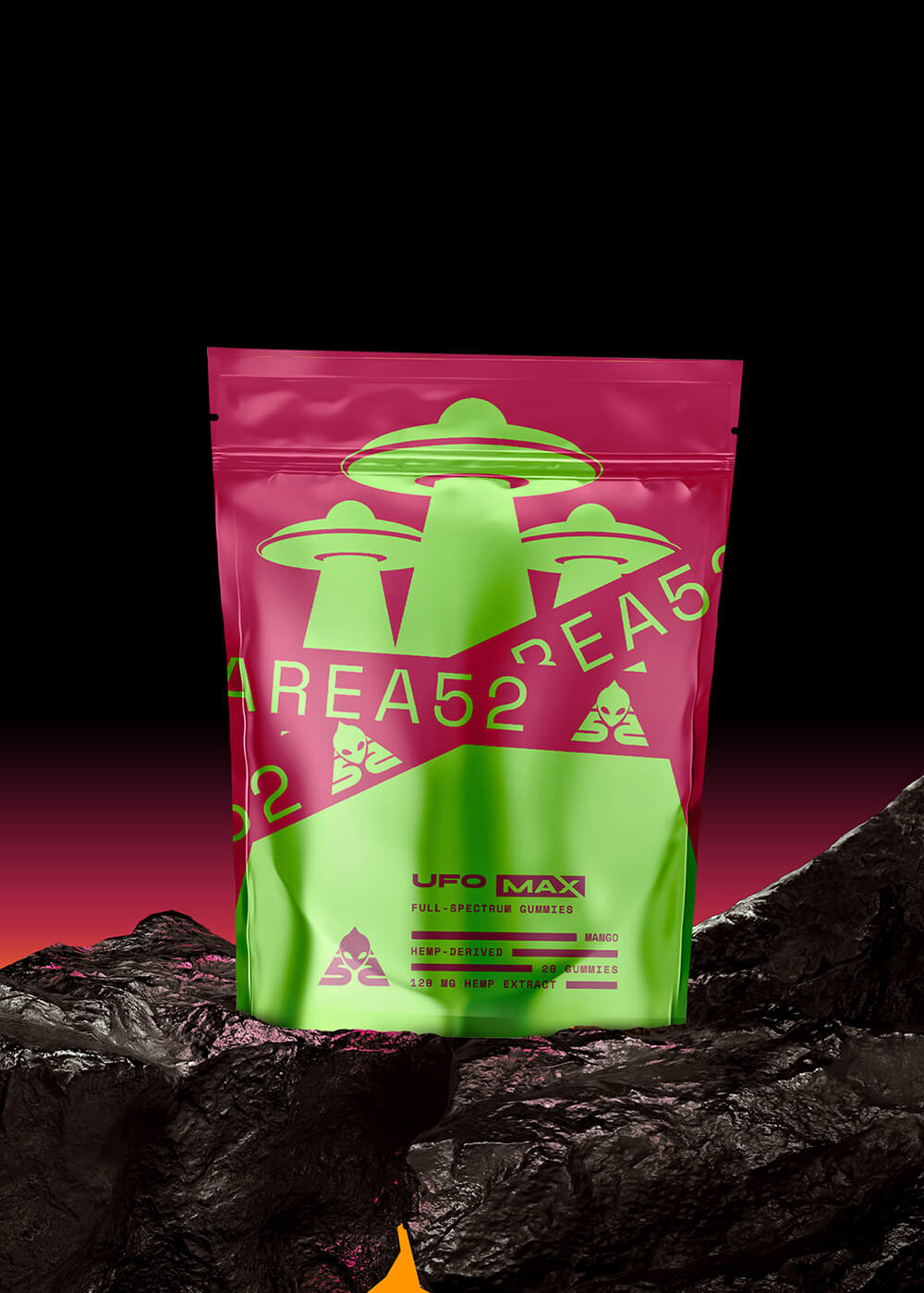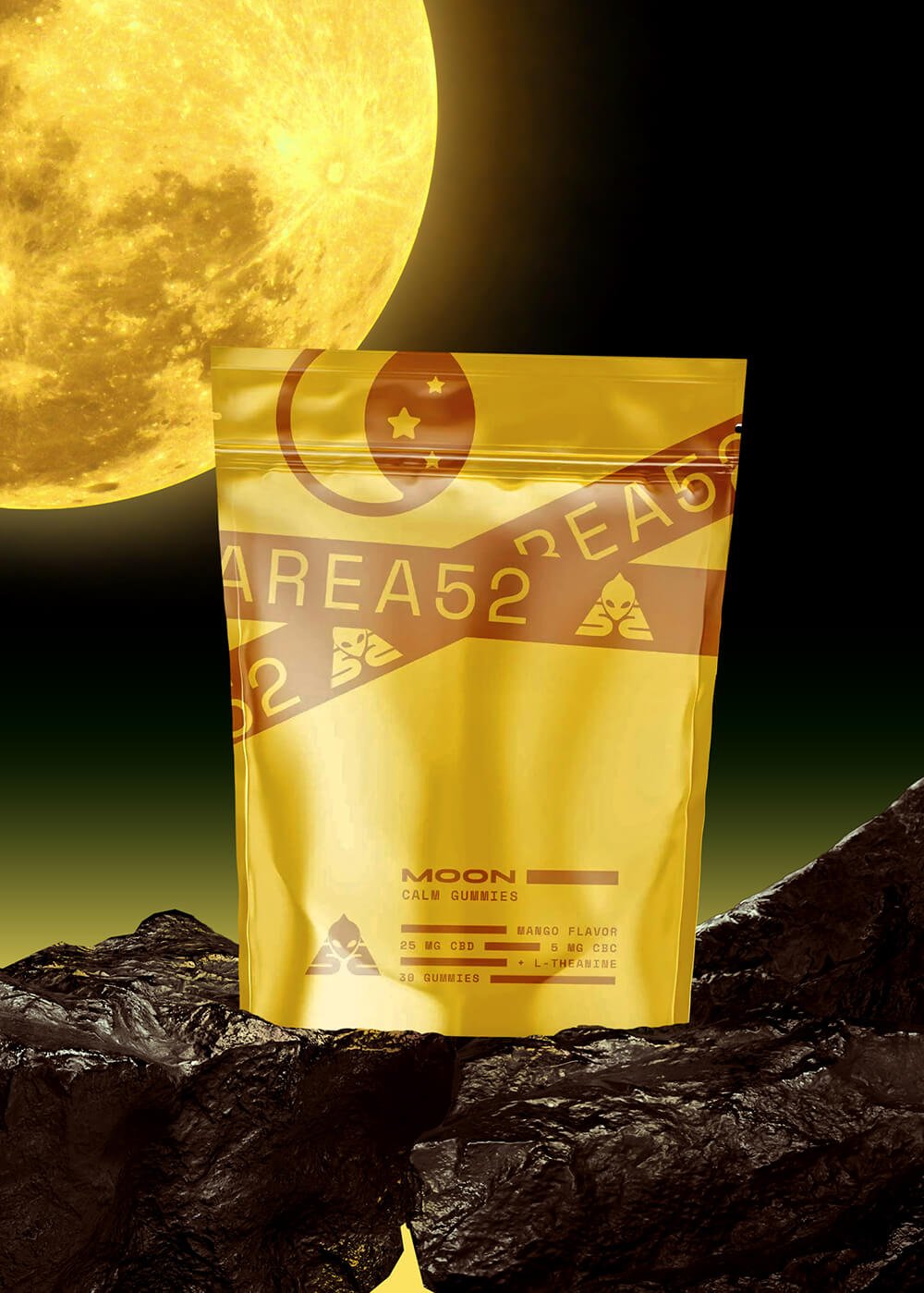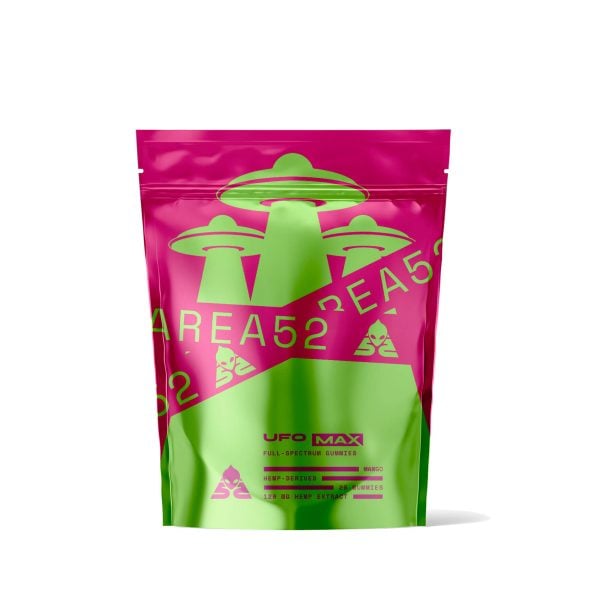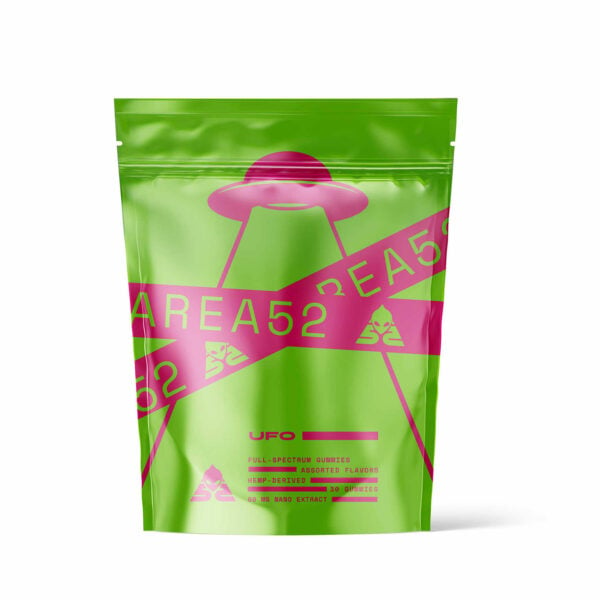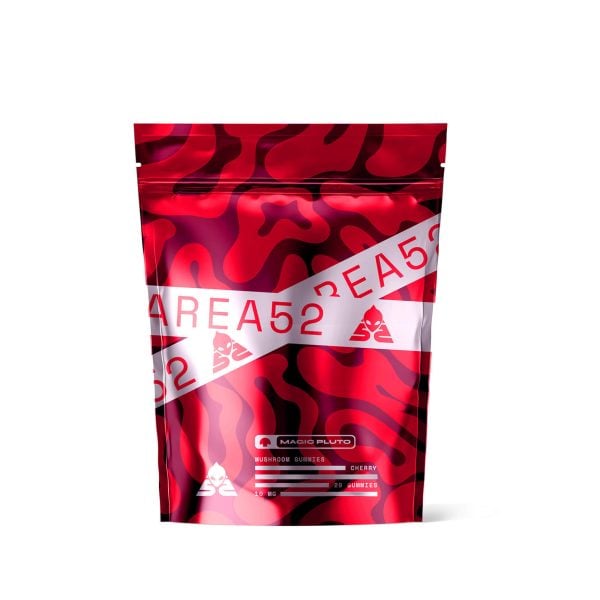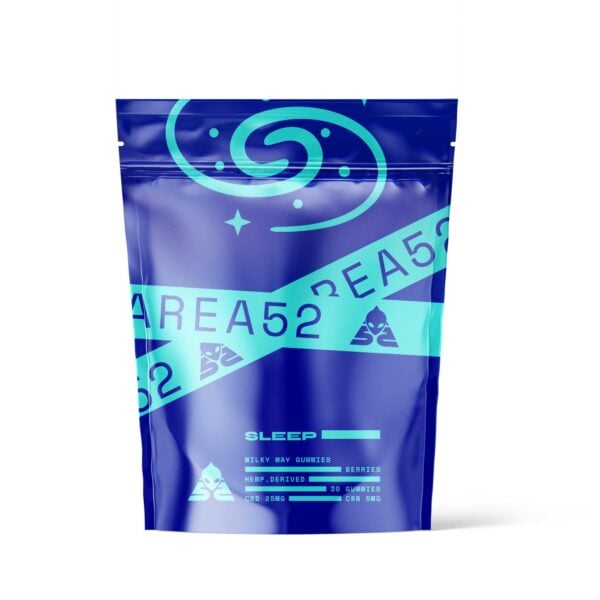What is CBGV (Cannabigerovarin)? Uses & Benefits
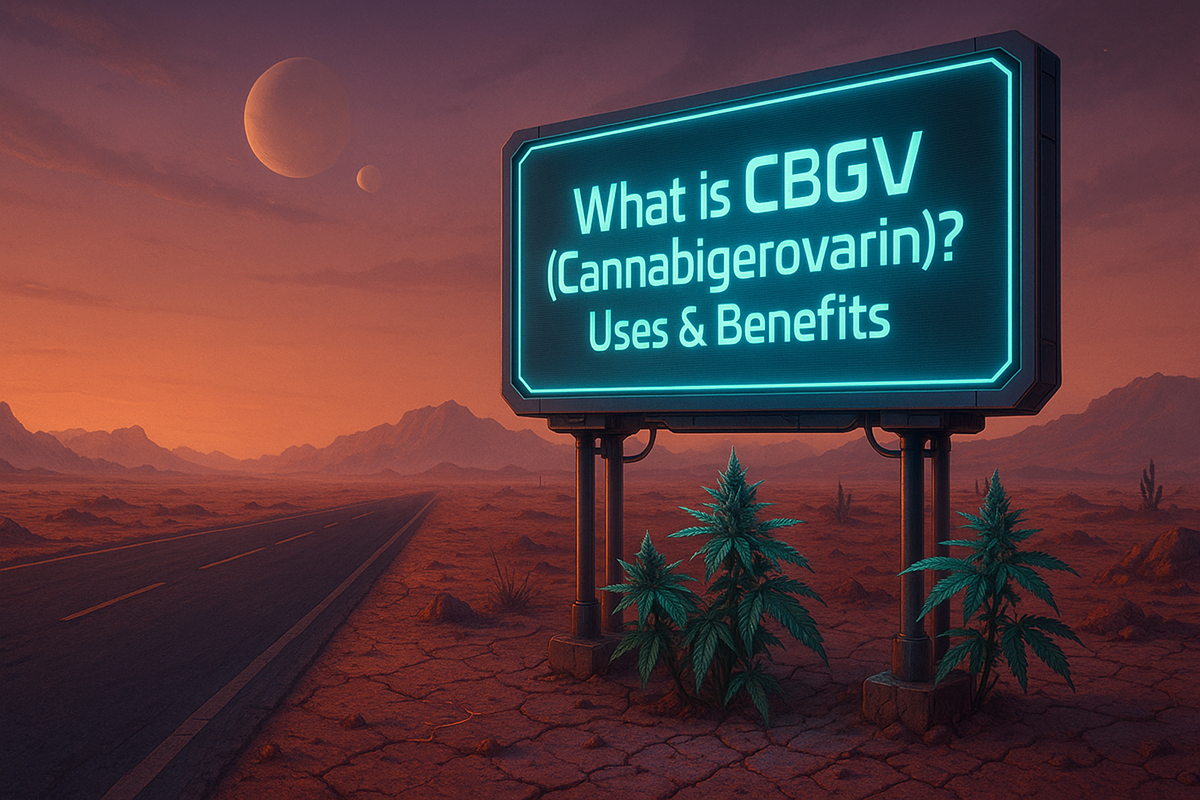
Most people interested in cannabinoids know plenty about the most popular ones, including THC and CBD.
However, there are over 100 other cannabinoids, all with different effects and uses. CBGV is an important cannabinoid found in cannabis plants, but most people don’t fully understand what it is, how it’s made, or how it affects the body.
This guide seeks to demystify what is CBGV and how it differs from other more popular cannabinoids.
What is CBGV?

CBGV (cannabigerovarin) is a cannabinoid produced by hemp and marijuana plants. CBGV is closely related to CBG (cannabigerol), which is considered the mother of all cannabinoids.
CBG and its variants — including CBGV — break down over time as the cannabis plant matures, turning into THC, CBD, and other cannabinoids. As the name suggests, CBGV breaks down into THCV (tetrahydrocannabivarin) and CBDV (cannabidivarin); it’s similar to how CBG breaks down to THC and CBD.
The cannabinoid CBGV is chemically different from CBG in that it has a third carbon atom extension. Interestingly, cannabigerovarinic acid (CBGVA) is one of the acidic cannabinoids that act as a precursor to CBGV. Experts believe that this third carbon tail changes how CBGV interacts with our endocannabinoid system, which also means it has varying effects on the user.
Is CBGV Natural or Synthetic?
CBGV is a wholly natural cannabinoid that appears in hemp and marijuana plants. Experts maintain that it’s found in higher concentrations in Cannabis sativa plants than in Cannabis indica or Cannabis ruderalis.
To date, CBGV has not been synthesized in a lab setting, so any occurrence of CBGV is natural. Some people think of CBGV as “man-made” because it’s typically extracted from cannabis plant matter using chromatography, but it remains a natural constituent of hemp, and marijuana plants, and other cannabis strains.
Is CBGV Legal?
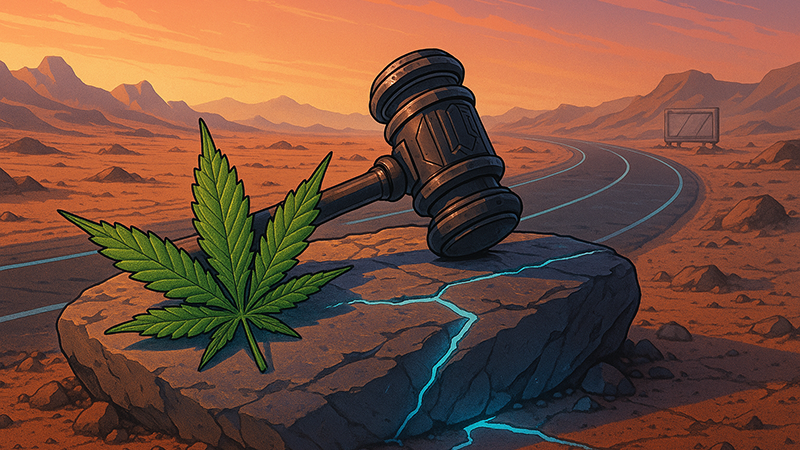
CBGV, along with many other cannabinoids, exists in a legal gray area. CBGV is unregulated, but its extraction plays a significant role in whether or not federal and state levels prohibit it.
Cannabinoids can come from any cannabis plant, either from hemp or marijuana. Marijuana is illegal on a federal level and is a Schedule I drug, but some states allow recreational or medicinal use of cannabis (or both) as it wishes so it is best to check the legal status of marijuana in the state where you are in [1]. The Farm Bill of 2018 legalized hemp and its compounds on a federal level and defined hemp as any cannabis plant that contains less than 0.3% THC by weight [2].
That means that CBGV extracted from marijuana plants is unlawful federally, although it’s legal in any state where recreational marijuana is not prohibited.
Some individuals wonder about the legality of cannabinoids extracted from hemp because THC and other psychoactive cannabinoids could technically be hemp-derived. However, CBGV and other cannabinoids taken from hemp plants remain legal to date.
CBGV vs. CBD: What’s the Difference?
Most people have heard of CBD and its many anecdotal uses. CBGV is very closely related to CBD but is much less popular, so most people are left to wonder what the differences are.
As mentioned above, CBD and CBGV both come from the same cannabinoid: CBG. They’re somewhat similar in chemical structure, but CBGV has one fewer carbon ring and one additional carbon tail.
The effects of consuming CBGV and CBD are also quite similar, according to user reports. However, CBGV users report an increase in energy most of the time, which is not something CBD typically provides.
CBG vs CBGV
Although CBG and CBGV share a similar origin — both stem from cannabigerolic acid (CBGA) — they feature unique chemical structures. Both cannabinoids are also considered non psychoactive, meaning they’re unlikely to induce euphoric effects or “high” associated with THC.
However, CBG has a different carbon arrangement than CBGV, which adds a third carbon tail, potentially changing how it interacts with the endocannabinoid system.
What Are the Effects of CBGV?
Nearly every person who consumes CBGV reports increased energy, focus, concentration, positive feelings, and improved mood. For these reasons, CBGV is a popular choice among students as a study aid.
CBGV is most commonly used in the morning or afternoon to increase concentration and feel awakened, and the effects are similar to drinking a small cup of coffee.
CBGV is a relatively new cannabinoid, so there is insubstantial research to confirm any medical uses.
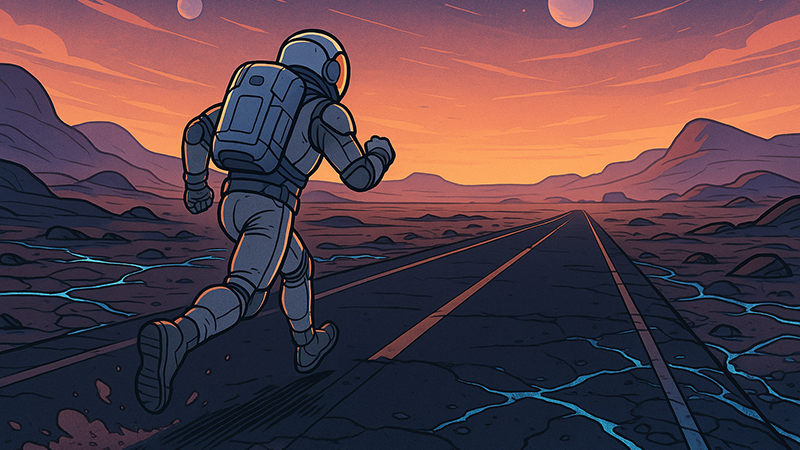
Potential Role in Experimental Dermatology
Although CBGV has yet to be fully explored, experimental dermatology initiatives are beginning to look at the potential of cannabigerovarinic acid and similar acidic cannabinoids. Some theories suggest these compounds may influence a balanced oil production of sebaceous glands, and their effects on human sebocyte functions implicates that they can potentially benefit those with dry skin syndrome or other skin-related concerns like overactive sebaceous glands. While no conclusive results exist yet, researchers are eager to see how CBGV interacts with the skin’s endocannabinoid system and the rest of the human body.
Additionally, some scientists are investigating whether the potential for CBGV’s antibacterial properties could make it suitable for acne treatment. The idea is that its regulatory effect on sebum production, combined with any antimicrobial properties, might reduce bacterial overgrowth linked to acne flare-ups. However, more research in medicinal chemistry is needed before drawing firm conclusions about its effectiveness in addressing breakouts or other complex skin conditions.
Could CBGV Aid in Cancer Treatment?
Although no direct link between CBGV and cancer treatment is confirmed, some scientists hypothesize that it may help in managing cancer cells when used alongside other interventions. The idea is rooted in preliminary cannabinoid research suggesting certain cannabinoids could play a supportive role by influencing cellular pathways. However, further research must be done to truly understand the therapeutic potential of CBGV, and it should never be seen as a standalone cure.
Will CBGV Get You High?
Unlike THC, CBGV is not a psychoactive cannabinoid; it will not get you high, and it won’t leave you feeling intoxicated. Most CBGV users say they feel energized, more clear-headed, and focused — however, few people have had the opportunity to test this cannabinoid so far. It’s still very difficult to find unless you happen to know a producer.
Will You Test Positive on CBGV?
From a drug exposure perspective, standard drug tests typically don’t screen for CBG or CBGV. They mainly look for THC metabolites, so taking these non-psychoactive cannabinoids alone probably won’t trigger a positive result. However, trace amounts of THC in full-spectrum products could still pose a risk.
As CBG and CBGV continue to gain interest, researchers may discover new uses for them — either individually or combined — without the legal complexities tied to high-THC products.
Key Takeaways: What is CBGV & What Makes it Special?
CBGV is a naturally occurring cannabinoid in cannabis plants, with higher concentrations showing up in Sativa strains. It’s most prevalent in young marijuana and hemp plants before it’s converted into THCV and CBDV.
CBGV is legal on a federal and state level, provided it’s from hemp and not marijuana plants.
CBGV is not a psychoactive cannabinoid and will not produce a high or intoxication.
Little research has been done to substantiate medical claims related to CBGV, but there are a number of researchers currently putting this novel cannabinoid under the lens. That is why further research is necessary to determine its potential for cancer treatment, the impact on cancer cells, or other areas of therapeutic potential.
Frequently Asked Questions
1. Is CBGV safe for daily use?
There’s limited data on long-term drug exposure to CBGV. However, like many other cannabinoids, most users don’t report severe side effects. Consult a healthcare professional if you have any concerns or preexisting conditions.
2. Does CBGV show up on standard drug tests?
Standard drug tests typically screen for THC metabolites. Since CBGV isn’t a psychoactive or THC-like compound, it generally won’t cause a positive test. However, specialized tests may be developed to detect any cannabinoid, including cannabinoid CBGV.
3. Could CBGV affect energy levels more significantly than CBD?
Many users claim they feel more energetic with CBGV compared to CBD. This difference is likely due to how CBGV engages with the endocannabinoid system, but conclusive evidence demands further research.
4. Can you take CBGV with other cannabinoids or supplements safely?
Generally, combining CBGV with other supplements appears safe, but synergy or interactions between cannabinoids can vary. If you’re on medications or have health issues, consult a professional for personalized advice.
5. Is there any connection between CBGV and skin conditions like dryness or oil imbalance?
Early experimental dermatology findings suggest that cannabigerovarinic acid and CBGV might have a role in sebaceous glands potential regulation of oil production, though this is purely speculative without clinical trials.
